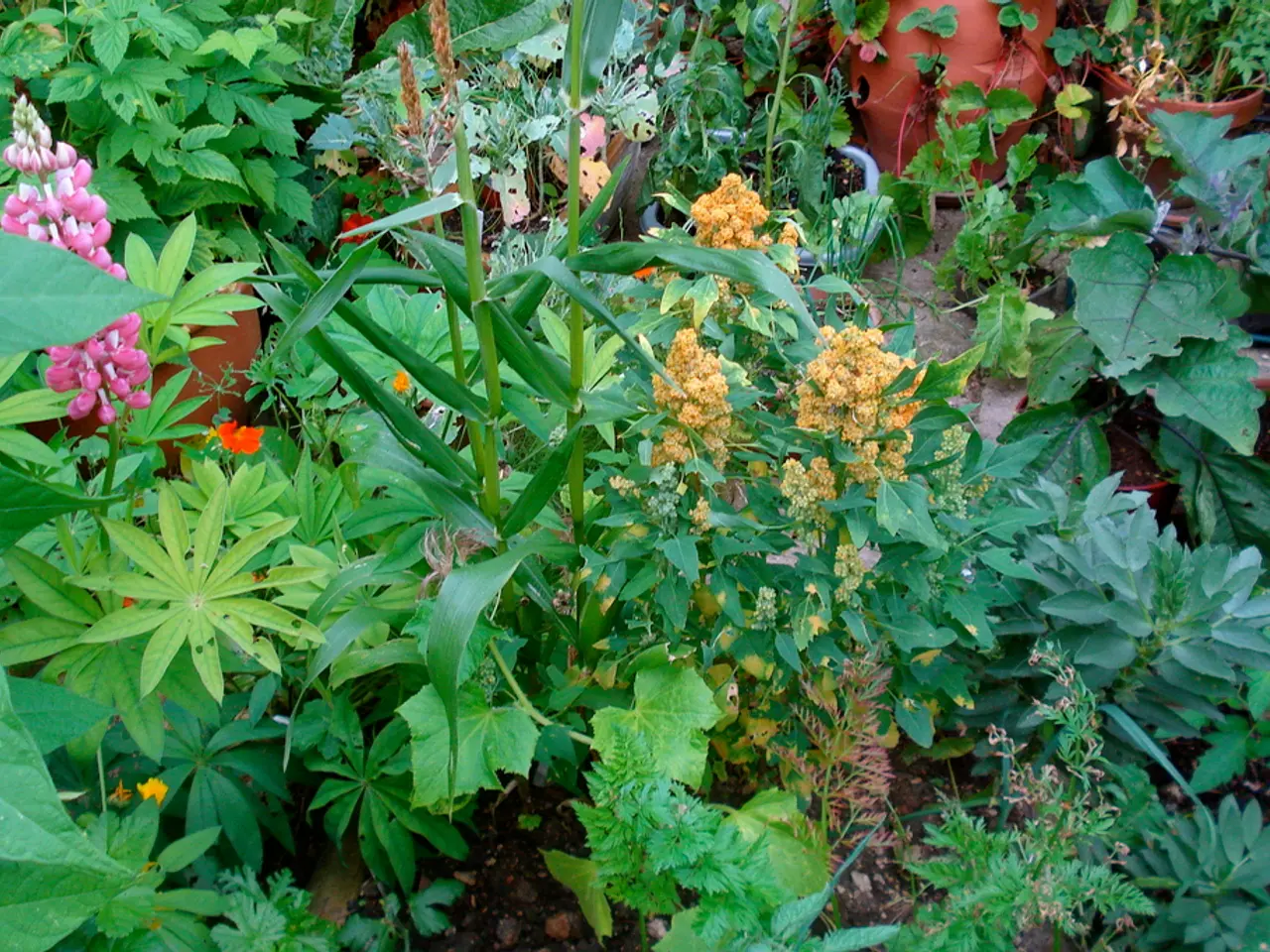Eradicating Knotweed: A Guide
In the ongoing battle against persistent garden weeds, hedge bindweed (Calystegia sepium) stands out as a formidable foe. Known for its fast-growing roots and tall stems, this perennial weed can be a significant problem for many gardeners. However, there are effective, non-chemical methods to control hedge bindweed without resorting to herbicides.
Manual removal is one of the most straightforward methods. Regularly pulling out bindweed plants by hand, ensuring as much of the root system as possible is removed, is crucial. Since bindweed roots are extensive and tough, incomplete removal can allow regrowth. Persistent, repeated pulling is essential because missing even a few weeks of monitoring can lead to resurgence.
Smothering with mulch is another effective strategy. Applying a thick layer of organic mulch such as wood chips or straw can help deprive bindweed of light, inhibiting its growth. Over time, mulching also weakens the plants, making them easier to pull out.
Regular monitoring and early intervention are also key. Scan your garden frequently for new bindweed seedlings and remove them immediately to prevent establishment. The battle against bindweed is long-term; it may take years of consistent effort to exhaust the plant’s underground reserves and reduce its presence significantly.
Minimizing soil disturbance is another important factor. Limiting root spread by avoiding soil disruption can help reduce weed emergence.
These non-chemical methods require patience and diligence since hedge bindweed is a resilient perennial with deep roots. Combining manual digging or pulling with mulching and vigilant monitoring offers the safest and most sustainable strategy to control bindweed in gardens and lawns without herbicides.
It's important to note that glyphosate can be an effective solution for controlling bindweed, especially when it comes to mature plants. Apply glyphosate to the foliage of bindweed from when it starts flowering in summer through to early autumn. However, removing every last bit of bindweed root wherever possible is important, as every piece left in the soil will grow into a new plant.
In the UK, the use of glyphosate for municipal purposes has been banned by many councils due to health concerns. Glyphosate is thought to be linked to various human cancers, and it's always essential to follow safety instructions when using it in any capacity.
In conclusion, while hedge bindweed can be a challenging garden pest, employing a combination of manual and cultural techniques offers a safe and sustainable approach to controlling it without the use of herbicides. With patience, diligence, and a consistent effort, it's possible to keep this persistent weed at bay.
Maintaining a lifestyle that includes regular home-and-garden activities, such as gardening, can help in the battle against hedge bindweed. Adopting non-chemical methods, like manual removal, smothering with mulch, and vigilant monitoring, not only ensures a safe home-and-garden environment but also weakens the resilient perennial plant, making it easier to control its growth and spread.




